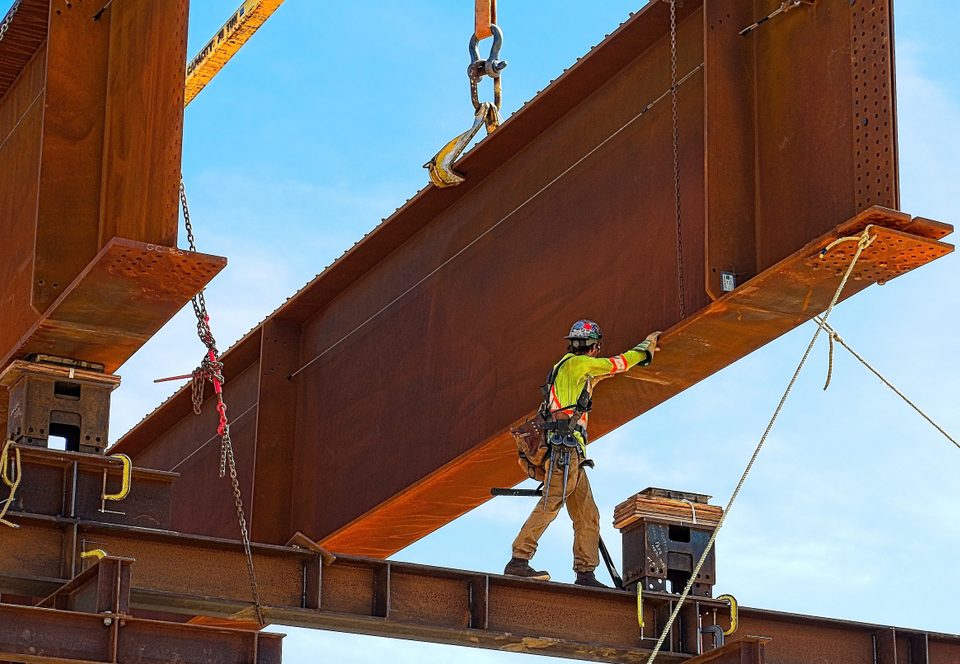Ins and Outs of Steel Numbering Systems

Galvalume for Metal Oxidization Protection, Part 2
February 21, 2019
Common Applications for Tube Steel Styles
March 8, 2019In the past in this space, we’ve discussed some of the basics when it comes to steel classification. Steel is separated into a number of specific categories and classifications, and each has different properties that can impact several important potential areas of your project.
At Wasatch Steel, we can help you with everything you might need to know about these basic classifications for our various steel products, including steel tube, steel plate and many others. Today, we’ll go into some specifics about steel numbering in particular – what are the systems used and the categories you might see? Here are all the basics you need to know.
Primary Numbering Systems
There are two main systems for numbering within the steel industry. First is the American Iron & Steel Institute (AISI) system, and there’s also the Society of Automotive Engineers (SAE) system. Both of these numbering systems use four-digit codes to identify base carbon and alloy steels, and then there are further selections that have five-digit codes as well.
For example, all steels listed with the first digit as a 1 are carbon steel designations. All such steels will be listed as “1xxx” in both the AISI and SAE numbering systems. Our next section will examine how codes are split up here.
Categories Based on Properties
In addition to the above, there are four sub-categories based on the underlying properties of the steel in question. They are as follows:
- Plain Carbon Steel: Noted within the 10xx series, meaning it contains a maximum of 1.00 percent manganese.
- Re-sulfurized carbon steel: Noted within the 11xx series.
- Re-sulfurized and re-phosphorized carbon steel: Noted within the 12xx series.
- Non-re-sulfurized high-manganese carbon steel: Noted within the 15xx series, this type of steel may have manganese levels up to 1.65 percent.
Other Alloys and Digits
For all other alloy steels not covered by the carbon steel classification and listed above, the first digit will be something other than a 1 under the AISI or SAE system. Here is a basic list of what each first digit represents in terms of alloy types:
- 2: Nickel steels
- 3: Nickel-chromium steels
- 4: Molybdenum steels
- 5: Chromium steels
- 6: Chromium-vanadium steels
- 7: Tungsten-chromium steels
- 8: Nickel-chromium-molybdenum steels
- 9: Silicon-manganese steels and some other SAE grades
What about the second digit in the numbering system? In many cases, though not all, it will refer to the concentration of the major element in percentiles, with 1 equaling 1 percent. From here, the final two digits of the number will indicate the carbon concentration. So using this system, an SAE 5130 steel will refer to a chromium alloy steel that contains about 1 percent chromium and roughly 0.30 percent carbon.
For more on steel numbering, or to learn about any of our steel services, speak to the staff at Wasatch Steel today.



